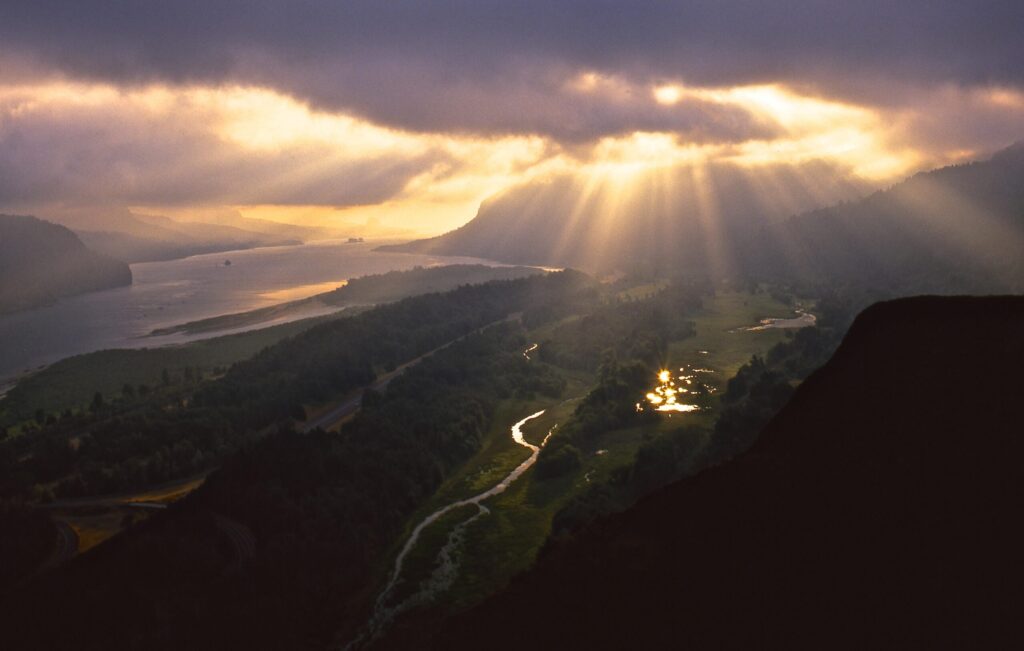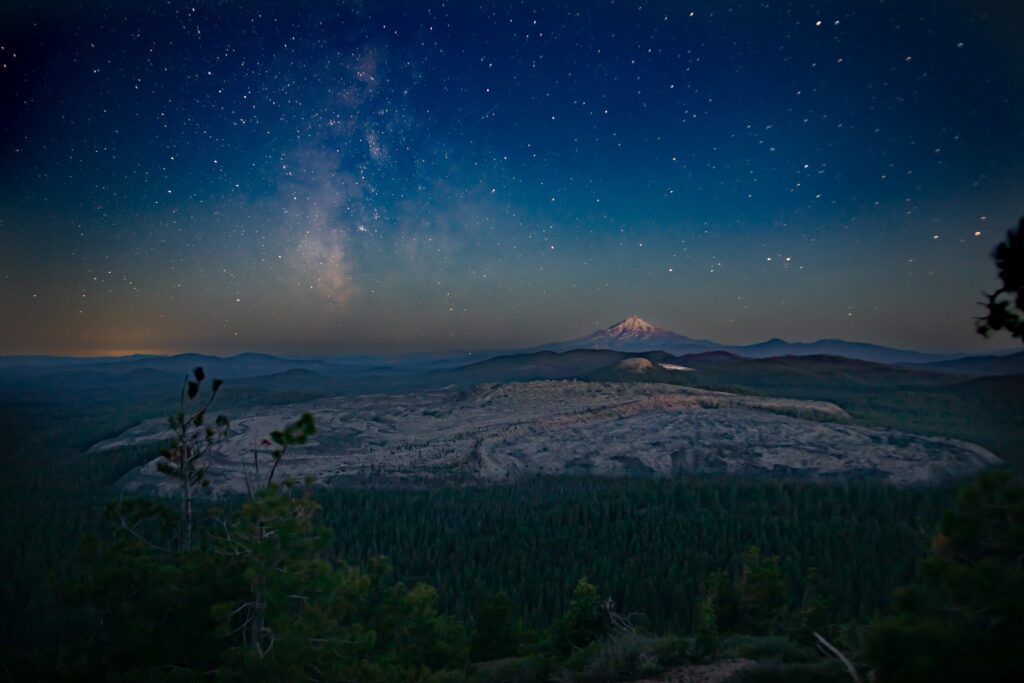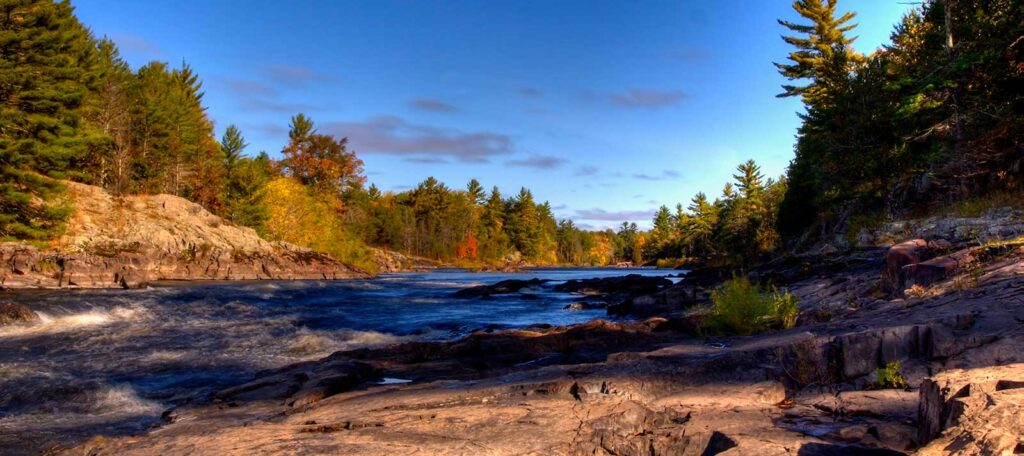What the Supreme Court’s ruling on clean water means for rivers
Breaking down the recent clean water ruling

Clean water is essential to all life. As we mark the 50th anniversary of the Clean Water Act this year, we should be moving forward – not backward – when it comes to safeguarding clean, accessible, safe, affordable water for all.
But the U.S. Supreme Court recently issued an unfortunate ruling on Section 401 of the Clean Water Act. Kelly Catlett, director of hydropower reform at American Rivers, breaks down what the ruling means, and what’s next:
Why is Section 401 of the Clean Water Act important – what does it do?
The Clean Water Act helps prevent water pollution. Section 401 of the Clean Water Act gives states and certain tribes authority to place conditions for the protection of water on permits and licenses for the construction and operation of projects that could harm rivers, streams, and other water bodies. These protections ensure that infrastructure projects, such as dams or pipelines, won’t pollute our water or otherwise negatively affect water quality. Section 401 also allows states and tribes to work with the federal government to ensure that rivers are protected and that projects meet the needs of local communities.
What did the Supreme Court rule, and what’s the impact for rivers?
In 2020, the Trump Administration’s EPA made drastic changes that limit the way states and tribes can apply Section 401. The changes unraveled 50 years of practice and cooperation between the federal government and states and tribes in the administration of these protections. American Rivers, along with our allies, sued to overturn the rules and successfully convinced a District Court to nullify the 2020 rule while the current EPA works to revise them. A few states, the fossil fuel industry and the hydropower industry appealed to the Supreme Court and asked that the Supreme Court reinstate the 2020 rule until the current EPA successfully completes its process to change the rules in 2023. The result of this decision is that it will be more difficult for states and tribes to protect water. For example, the 2020 rules prohibit states and tribes from weighing climate change and its impacts in making conditioning decisions and it restricts conditions to addressing only point source pollution.
What happens now — what are the next steps?
American Rivers is not giving up because these clean water protections are too important. The Supreme Court did not provide a rationale for why they reinstated the 2020 rule, but the message appears to be that they found it inappropriate for the lower courts to nullify the rule without making a determination on the merits of the arguments each side had raised. American Rivers and our partners at American Whitewater, Idaho Rivers United, and California Trout will continue to make our case in the federal courts for why this rule should be overturned. We will also work with the EPA to make sure that the new rule due in 2023 will fix the flaws in the 2020 rule.





4 responses to “What the Supreme Court’s ruling on clean water means for rivers”
This is great news! I’m glad the Supreme Court recognized the importance of clean water and protected our rivers.
SCOTUS has proven they are clueless about the unintended consequences of their rulings: citizens united & overturning Roe v Wade. “An educated man is a wonderful thing until you get him off the subject he was educated in, then he’s dumber than dirt.” Will Rogers Scotus doesn’t understand the concept of the phrase: Just because you can doesn’t mean you should.
This is great news! I’m glad the Supreme Court recognized the importance of clean water and the need to protect our rivers.
Covering up Iowa’s Republican Governors and Senators Point Source Nitrite Chemical contamination of our Rivers, streams, (including Mitchell/Worth County Engineer’s James Hyde’s building of intermittent illegal flood channel drains to sinkholes in Designated National Wetlands’ Aquifer Recharge Areas, has caused high animal loss numbers and continues to contaminate the Drinking water source of 1/2 million Iowans. Google the phrase 3-D GIS unearths Source of Arsenic in drinking water. Cerro Gordo’s Sande Davis in 2004 reported her concerns about her aquifers’ water quality to her Cerro Gordo Board of Health.
In 2004 I also reported the high animal loss numbers and bad well tests to Mitchell County IA’s Board of Health, Dr. Ross who refused to print a warning letter to those using our deeper aquifers Downstream from S. Davis’. Dr. Ross refused to even warn or test our well water for heavy metals, Arsenic or cadmium lead or the highest level of Anhydrous Ammonia, I had ever seen on test reports. Dr. Ross claimed if he printed a warning letter it would scare the people.
The S. Davis published response from Cerro Gordo’s Board of Health (and Iowa’s DNR) was to her to dig deeper wells to our more contaminated deeper Cedar Valley Group Aquifers the Source Water for 1/2 million Iowans. Branstad’s attorney claimed those 1/2 million Iowans did not matter as they were on the “Left” side of Iowa. (Iowa DNR’s Russ Tell had mapped out the “Plume” of contamination from Branstad/Kleckner’s Illegal Flood Drain through parts of Mitchell, Floyd, Butler, Bremer, Benton, Black Hawk, Linn, and Johnson Counties in 2008.
Review my Iowa Supreme Court Appeal 17-1933 of cause CVCV046761 and Iowa District Court cause LACV014408 filed records of transcripts proving Branstad/Kleckner’s Flood Drain for 50,000 acres caused high animal losses, health damages to multiple family members and their Downstream neighbors concurrently.